Contact Us
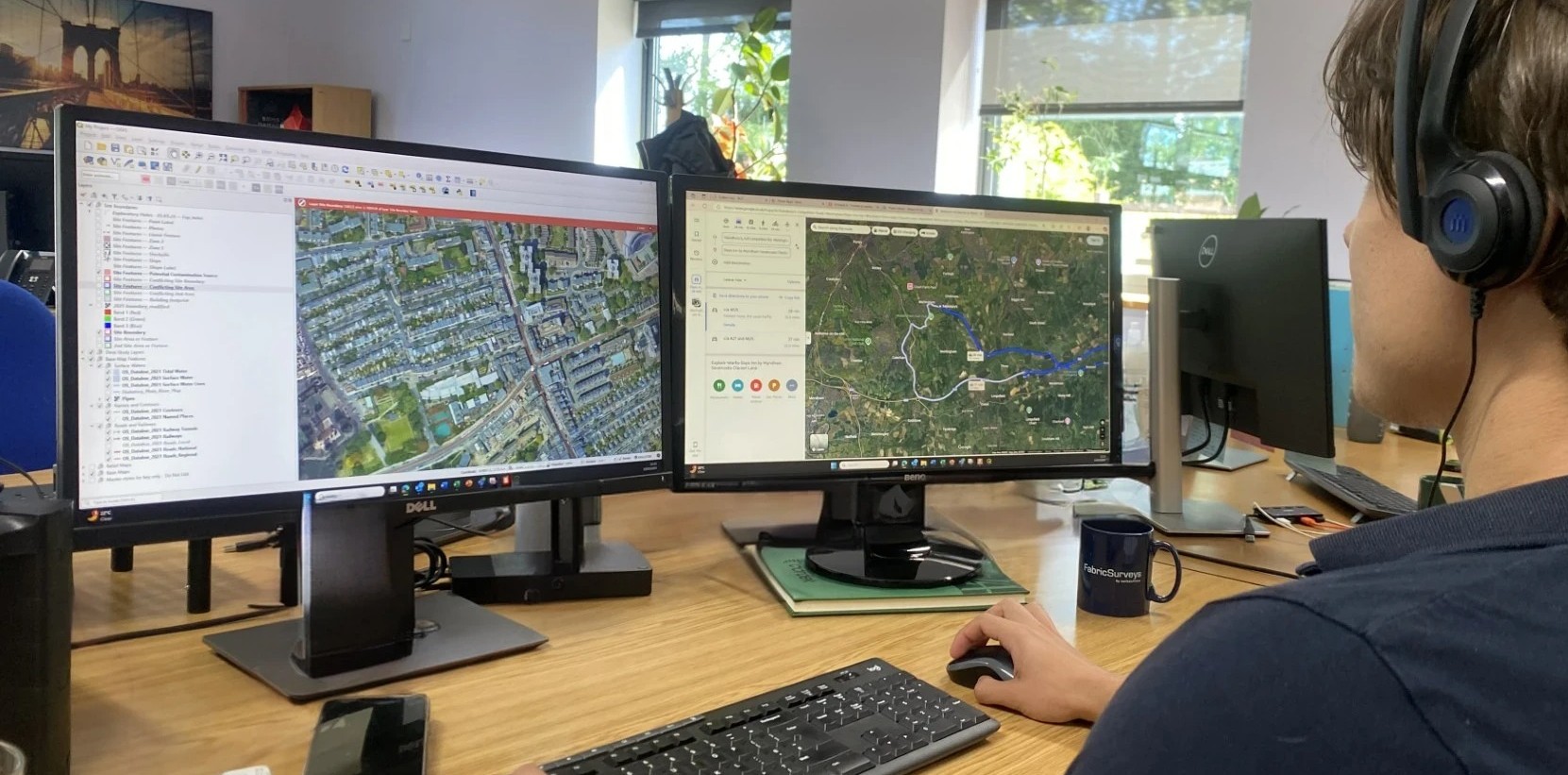
The Importance of a Desk Study in Delivering Value
In the fields of ground investigation, geotechnical engineering and geoenvironmental engineering, success often hinges on preparation. Before a single borehole is drilled or a soil sample is taken, a critical first step must be completed: the desk study. Often overlooked or undervalued, a well-executed desk study forms the foundation of any high-quality consultancy and is key to delivering value-driven, cost-effective, and safe engineering solutions.
What is a Desk Study?
A desk study, also known as a preliminary site assessment, Stage 1 or Phase 1 study, is an in-depth review of existing data and information about a site prior to physical ground investigation. This includes analysing:
- Geological maps and memoirs
- Historical land use and development records
- Environmental and contamination databases
- Aerial photographs and satellite imagery
- Previous site investigation reports
- Utility records
- Topographical and hydrological data
The objective is to develop a preliminary understanding of the site’s ground conditions, potential geohazards, contamination risks and historical context.
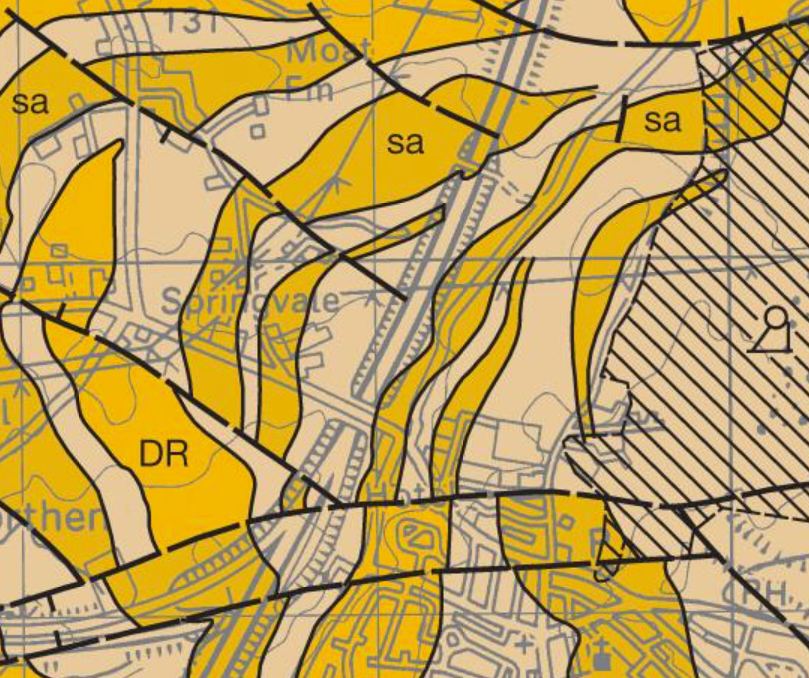
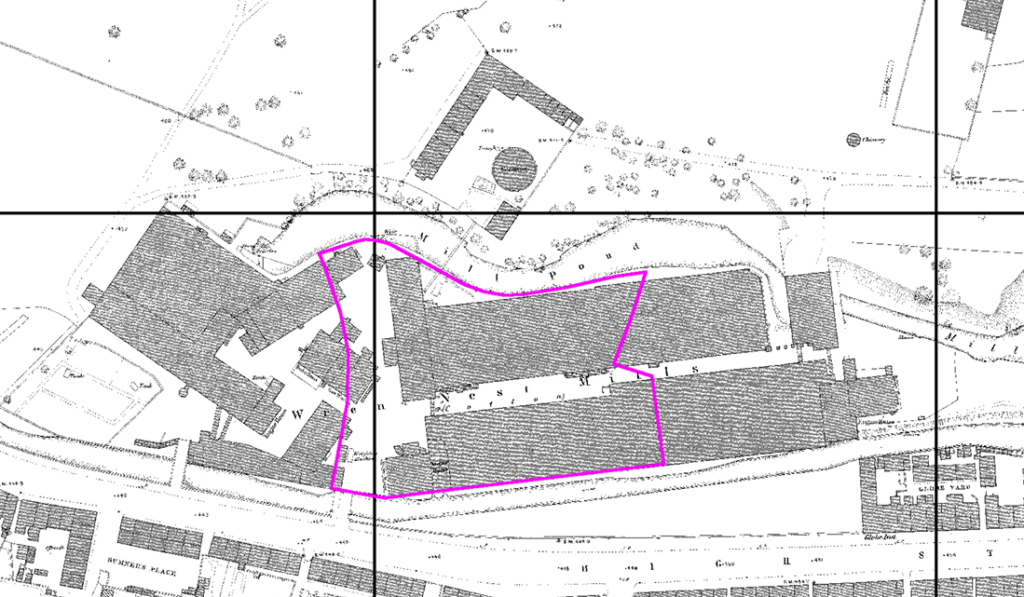
Why Desk Studies Matter
1. Informing and Optimizing the Site Investigation Plan
One of the core benefits of a desk study is its ability to guide and tailor the ground investigation strategy. By identifying areas of concern—such as potential Made Ground, historic landfills, or previous industrial use—the desk study allows geotechnical and geoenvironmental consultants to target their resources efficiently. This ensures that borehole locations, testing methods, and sampling strategies are chosen wisely, reducing unnecessary work and costs.
2. Reducing Risk and Enhancing Safety
Ground-related risks, including unstable ground, high groundwater tables, or the presence of contaminants, can have significant safety and financial implications. Early identification of these risks enables risk mitigation strategies to be embedded into both the investigation and design phases. This proactive approach not only protects project timelines and budgets but also enhances site safety for personnel and stakeholders.
3. Supporting Planning and Regulatory Compliance
Many planning authorities and environmental regulators require a Phase 1 desk study as part of planning submissions, particularly on brownfield or previously developed land. A robust desk study demonstrates due diligence and can streamline the approval process by addressing potential concerns before they escalate.
4. Providing Early-Stage Design Insights
Understanding anticipated ground conditions from the outset allows for the early evaluation of foundation options, ground improvement techniques, and construction feasibility. For example, if the desk study suggests deep Made Ground or soft Alluvium, piled foundations might be considered from day one, avoiding costly redesigns later in the project lifecycle.
5. Facilitating Collaboration and Communication
A comprehensive desk study also serves as a communication tool between project stakeholders—engineers, architects, planners, and clients. It helps ensure that everyone has a shared understanding of the site context, enabling more integrated and informed decision-making.
A Foundation for Value-Driven Consultancy
Ultimately, the desk study is not just a bureaucratic box to tick—it is a vital step that drives value throughout the ground investigation and geotechnical design process. By investing time and expertise in thorough preliminary research, geotechnical consultants can provide more accurate, efficient, and confident guidance from project inception to completion.
At Soiltechnics, we view desk studies as a strategic asset. Our experienced team combines technical knowledge with in-depth local and historical insight to deliver desk studies that add genuine value—reducing uncertainty, enhancing safety, and supporting smarter engineering outcomes.
Basement developments are becoming increasingly common in London due to the lack of available space.
Sometimes, the development is a simple expansion of an existing partial basement beneath the footprint of the property. In other cases, the development is larger and can be several storeys into the ground.
There is a natural concern with the number of basement developments occurring and the potential impacts these have on the surrounding infrastructure and environment.
This is ever more evident to the public following a number of high profile building collapses during ‘basement development’ works.
Any planning application to construct a basement or expand an existing basement will need to demonstrate that the scheme will not adversely impact the surroundings.
What Is A Basement Impact Assessment?
In short, a Basement Impact Assessment (commonly referred to as a BIA) is a technical report that considers the impact of a proposed basement on the site and surrounding area.
The report should be written by a professionally qualified Chartered Engineer (CEng) and/or Chartered Geologist (CGeol).
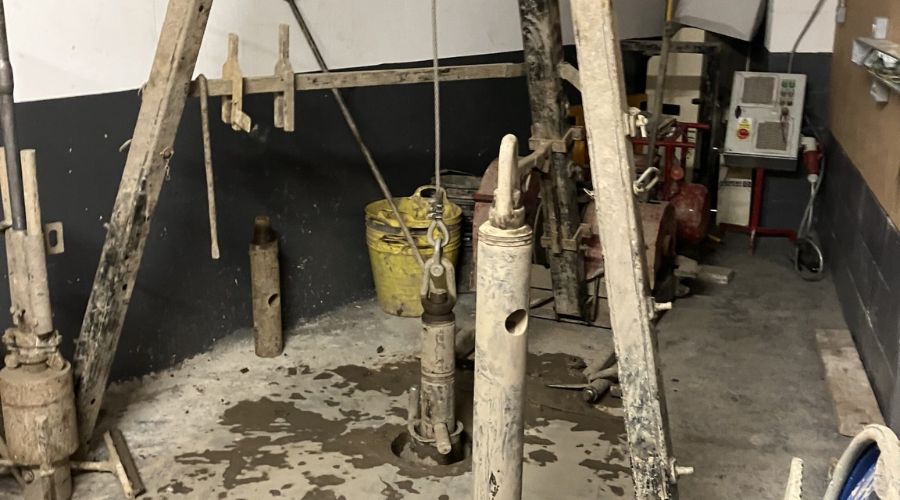
Where Are Basement Impact Assessments Required?
This depends, but generally, a Basement Impact Assessment is required when it’s been specified by the local planning authority.
London boroughs are notably stringent when it comes to basement development.
Soiltechnics has years of experience undertaking all stages of a Basement Impact Assessment on domestic and commercial basement projects throughout the city of London.
Get in touch with our team to learn more.
The Stages of a Basement Impact Assessment
The report will generally be structured into four stages. These stages include:
1. Screening
2. Scoping
3. Site investigation and study
4. Impact assessment
1. Screening
The screening stage involves a review of desk study information and identifies matters that require further investigation.
This will include items such as likely ground conditions, groundwater levels, and surface water flows, to name a few.
2. Scoping
Building upon the issues noted in the Screening stage, the impacts of those issues are identified in the scoping stage, alongside recommendations for mitigation measures.
3. Site Investigation & Study
This stage, if required, entails physical works at the site to confirm ground and groundwater conditions, and existing foundation depths.
This might include drilling boreholes to confirm ground conditions or excavating pits to confirm the existing foundation layout.
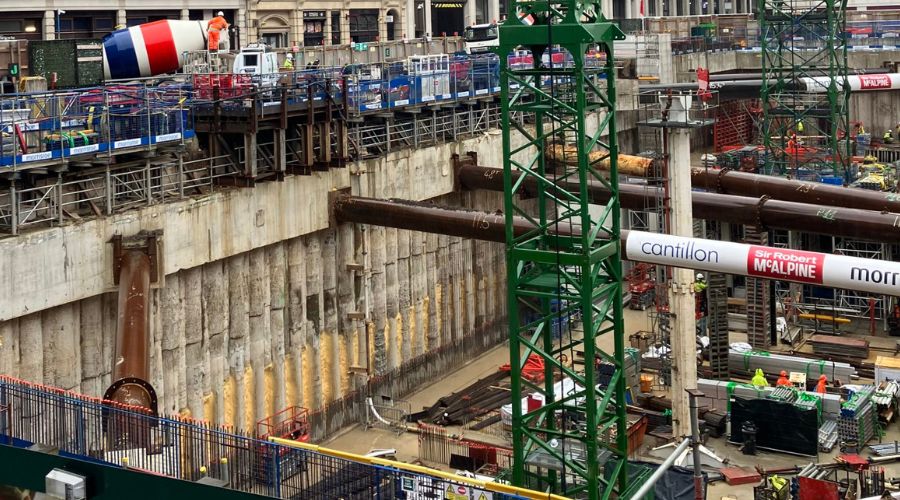
4. Impact Assessment
Detailed geotechnical modelling (Ground Movement Analysis) is undertaken to assess the impact on neighbouring properties.
This will include an assessment of the Burland Damage Category for the properties affected by the development.
The impact on local infrastructure will also be assessed and, if required, the imposed stress and strain on utilities.
How Can Soiltechnics Help With Your Basement Scheme?
Soiltechnics has a strong track record of supporting clients with planning applications.
Our in house professionals often form part of an integrated design team alongside structural engineers and drainage professionals, to name a few.
Contact our experienced team at +44(0) 1604 781877 or enquiries@soiltechnics.net today to find out how we can help and learn more about the services we provide.
As the UK continues its drive toward net zero by 2050, renewable energy projects rapidly expand, with solar farms leading the way.
Effective ground investigation and geotechnical support cannot be overstated when developing solar PV farms, especially as they often require innovative foundations and specialised risk assessments.
Soiltechnics is a leader in this field, offering a range of services designed to support every stage of solar farm development, from permitting to final site testing and verification.

Key Geotechnical Services for Solar Farms
Soiltechnics provides a comprehensive suite of services tailored to meet the specific needs of solar PV projects, ensuring safe, cost-effective, and sustainable development. Here are some of the core services offered:
- Permit Application Assistance – Soiltechnics streamlines the permitting process, assisting with the complex regulatory landscape so solar farm projects can proceed without unnecessary delays.
- Phase 1 & 2 Geotechnical & Geoenvironmental Site Appraisals – Soiltechnics specialises in in-depth site investigations, offering both Phase 1 and Phase 2 site appraisals that consider environmental factors and geotechnical suitability for solar projects. These site appraisals ensure the safe and sustainable use of land, even on previously disturbed or reclaimed sites.
- Pile Load Testing – Accurate pile load testing is critical for determining optimal pile types, site-specific conditions, and load capacities. Soiltechnics’ experienced team conducts rigorous pile load testing for solar PV farms, including testing for tension, compression, and lateral forces, allowing for informed decision-making on foundation requirements.
Want to learn how Soiltechnics can support your solar project? Contact us today to discuss how our tailored services can help drive your project to success.
Specialised Assessments for Unique Site Requirements

Earthworks and Material Management: Supporting Sustainable Solar Projects
Sustainable development is central to renewable energy, and Soiltechnics supports this through efficient earthwork planning and materials management.
- Earthworks Specification & Verification – From initial design to final verification, Soiltechnics’ geotechnical team supports earthworks for access roads, foundation platforms, and more. This service ensures that solar farms are built on a strong foundation that aligns with environmental and structural requirements.
- Materials Management Plans (MMPs) – Efficient waste management is crucial to maintaining project sustainability and profitability. Soiltechnics’ expertise in materials management planning helps minimise waste and maximise resource reuse, ultimately benefiting the project’s bottom line.
Why Choose Soiltechnics for Your Solar Farm Project?
With a proven track record and industry expertise, Soiltechnics is well-equipped to deliver specialised geotechnical services for solar farms across the UK and Europe.
Their holistic approach – from preliminary site assessments to advanced pile testing and risk assessments – ensures each project is developed on a solid foundation, both literally and figuratively.

Ready to optimise your solar farm project with expert geotechnical support? Get in touch with Soiltechnics to explore how our customised solutions can enhance your solar farm’s success.
Whether you need foundational risk assessments, trenchless crossing design, or complete site appraisals, our team is here to help.
Maximise the efficiency, safety, and sustainability of your solar farm project with Soiltechnics, your trusted partner in renewable energy development.
We were delighted to host The Geological Society’s, Home Counties North Regional Group at our Walgrave office this week.
Soiltechnics’ own Dr Matt Hooper and Ian Dunkley delivered a fantastic lecture on ‘Northampton Ironstone: Geology, mining and legacy land’.
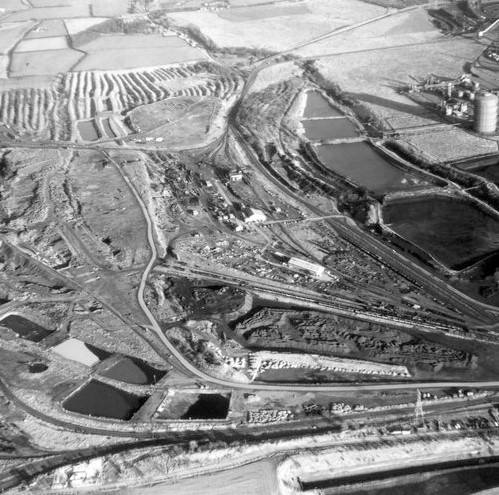
Northampton Sand Formation ironstone was deposited during the Middle Jurassic as an Oolidal Limestone on a shallow marine shelf at the northern edge of London-Brabant Massif.
It extends from North Oxfordshire to North Lincolnshire. The formation contains berthierine, siderite and pyrite minerals which have been extensively exploited since the mid-19th century as a significant source of iron ore.
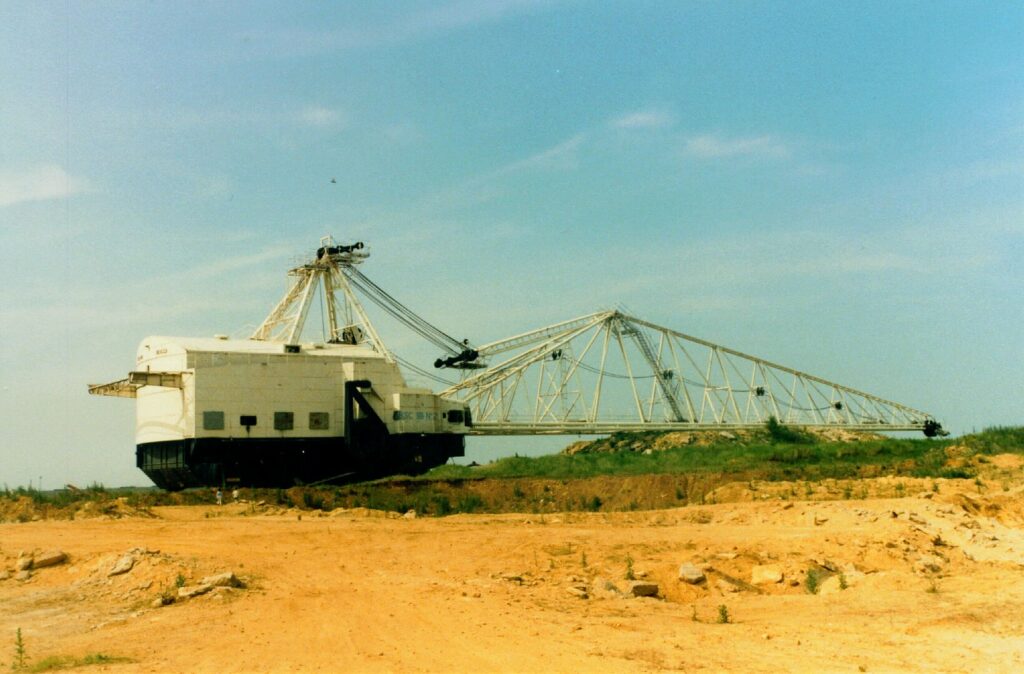
Exploitation was focused around the Corby, Kettering and Northampton areas and comprised a combination of underground mining and, more commonly, shallow mining using giant dragline machines.
This has left an extensive imprint on both the population demographic of local communities and an extensive legacy of geological, geotechnical and environmental risk that continues to be a challenge to the present day.
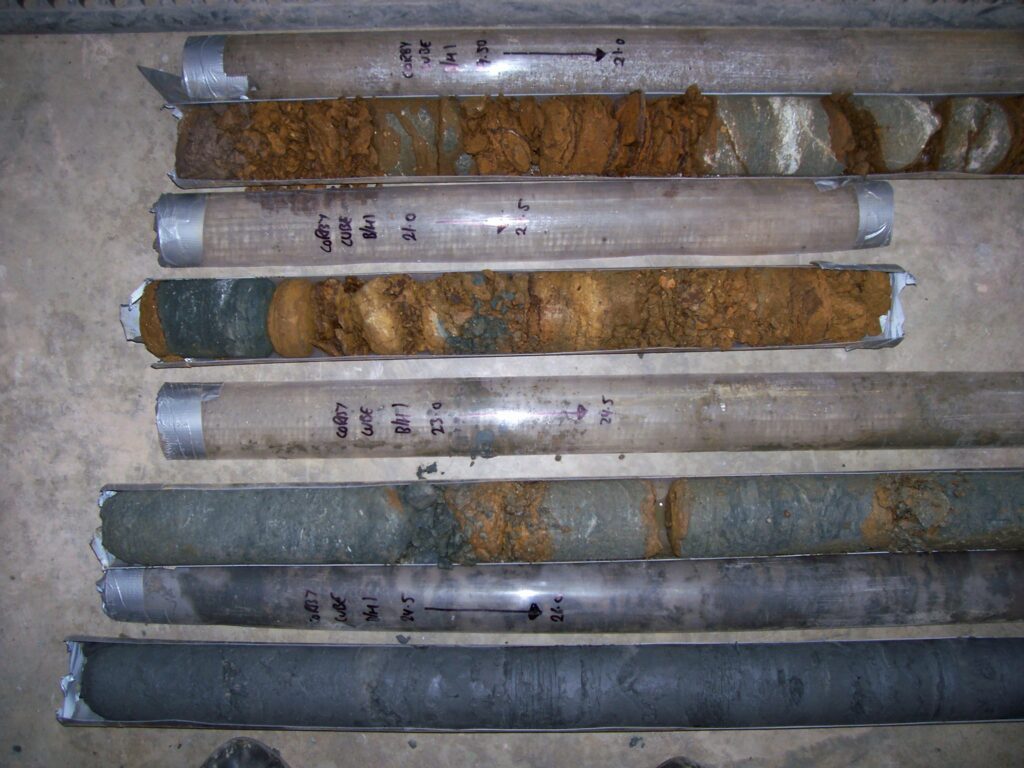
Matt and Ian explored the risks and led discussion on how to go about investigating and mitigating risk for existing and new developments.
Thanks to Matt, Ian and all involved with the HCNRG who continue to provide such engaging and accessible events across our region.
You can view and download the event PDF below:
Following our continued involvement in delivering ground investigations for The Football Foundation, we are thrilled to support them in 2024, delivering geotechnical consultancy and site investigation services on their new PlayZone framework across England. This adds to our current involvement with the Artificial Grass Pitch (AGP) framework, and we are delighted to continue to grow our long standing relationship.
The Football Foundation is a charitable organisation supporting the Premier League, The FA and Government to deliver outstanding grassroots sports facilities and transform local communities.
The new PlayZone scheme, has been set up to provide safe, inclusive, and accessible outdoor sports pitch facilities that bring communities together through recreational football and sport. Sites are targeted within communities with the greatest need to deliver new or refurbished spaces that enable priority groups to be more active.
Assessing potential ground risk at the sites is one of the first steps to determining viability of a PlayZone development. We initially assess each site through a desk-based approach, prior to carrying out intrusive site investigations. By critically assessing each site, we can recommend and carry out the most cost-effective method of investigation whilst still obtaining information sufficient to inform detailed design by the independent contractor. Accordingly, investigations can range from a few simple hand pits to deep boreholes.
Appropriate investigation is critical to allowing projects to be de-risked as far as possible in the early stages of design, allowing contractors to accurately tender construction works and deliver projects on time and on budget.


How We Can Help
At Soiltechnics, our expert geotechnical consultancy and site investigation services can help de-risk your project, ensuring timely and successful delivery.
Get in touch at enquiries@soiltechnics.net today to find out how we can support you.
Trenchless crossings allow the installation of critical infrastructure without causing disruption to existing roads and railways or environmental disturbance to rivers for example. Could you imagine excavating a trench across a motorway to install electricity cables?!
Trenchless crossing methods can be split broadly into two categories:
- Directional Drilling: Drilled from the surface on a downward arc trajectory to the surface on the other side of the obstacle being crossed.
- Microtunneling: In a horizontal line between two shafts or pits.
Support From Soiltechnics
Soiltechnics’ Geotechnical Consultancy team can offer support throughout the life of the project.
An initial phone call to discuss projects is normally enough for us to provide a high-level feasibility assessment and identify key ground-related constraints. We follow this with a detailed desk study and ground investigation to confirm conditions at the crossing location. Finally, we design the crossing profile.
From Aberdeen to Bognor Regis, we have supported the delivery of trenchless crossings, beneath a variety of critical infrastructure, including motorways, oil pipelines, railways and rivers.
Each project has a unique set of challenges, including shallow groundwater, UXO potential and blowing sands, to name a few.
Maintaining Safe Operations
As part of the design, we undertake a Ground Movement Assessment to estimate likely settlement beneath existing infrastructure (roads, rails, pipes) and where applicable a damage impact evaluation.

For directional drilling, we also model the potential for frac out during the drilling process.
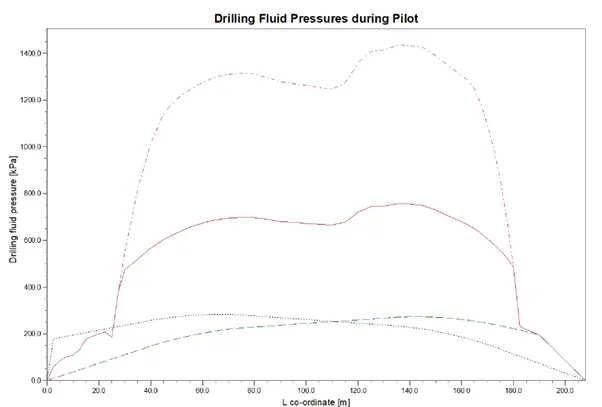
Working alongside the main contractor and providing technical design support, our team successfully delivered technical approval from governing bodies, including National Highways and Network Rail.
The support continues throughout construction by reviewing daily monitoring, which is typically required.
How We Can Help
At Soiltechnics, our team can help you navigate complex ground conditions to ensure your trenchless crossing project runs safely and smoothly.
Get in touch at enquiries@soiltechnics.net to discuss your trenchless crossing requirements in more detail and to learn more about the services we provide at Soiltechnics.

